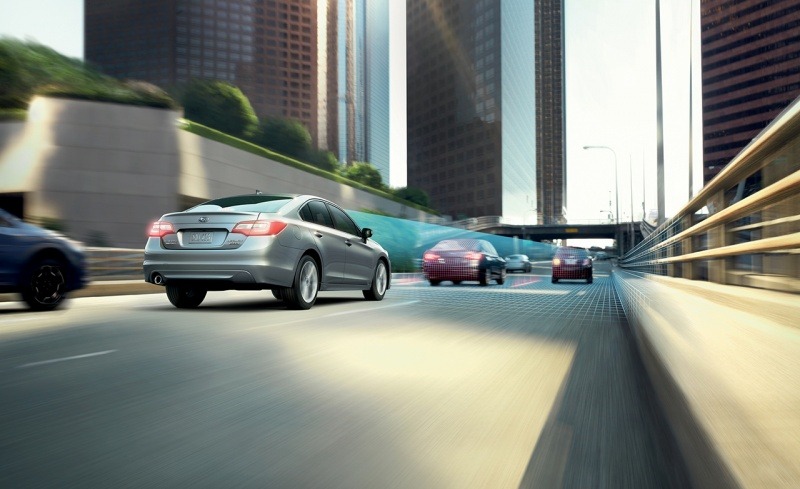Search the Community
Showing results for tags 'deaths'.
-
In 2009, the U.S. saw its lowest number of pedestrian deaths. But since then, that number has increased by 46 percent as pedestrian crashes have become more frequent and deadlier. Why is that? The Insurance Institute for Highway Safety released a study today investigating the possible reasons. One key indicator is the number of crashes involving SUVs. According to IIHS data, between 2009 and 2016, fatal single-vehicle crashes involving SUVs rose 81 percent - the largest increase of any vehicle segment. Aside from the growing popularity of SUVs and crossovers, the tall body height and larger footprint mean in a pedestrian crash, the vehicle is hitting a person's chest or head. SUVs weren't the only metric to see an increase. IIHS reports that urban environments, arterial roads, nighttime, and non-intersection crashes have seen large increases. Can anything be done to help reduce pedestrian fatalities? According to the IIHS, there is a lot that can be done. Softening the front ends of SUVs Improving pedestrian detection systems and headlights (The latter would be helped if NHTSA can get its act together on updating their headlight regulations) Lower the speed limits Adding more "pedestrian hybrid beacons" - Kind of a sudo-stop light where a pedestrian activates it before crossing. Begins flashing yellow, before transitioning to solid yellow, and then solid double red. "Understanding where, when and how these additional pedestrian crashes are happening can point the way to solutions. This analysis tells us that improvements in road design, vehicle design and lighting and speed limit enforcement all have a role to play in addressing the issue," said IIHS President David Harkey. Source: Insurance Institute for Highway Safety
-
In 2009, the U.S. saw its lowest number of pedestrian deaths. But since then, that number has increased by 46 percent as pedestrian crashes have become more frequent and deadlier. Why is that? The Insurance Institute for Highway Safety released a study today investigating the possible reasons. One key indicator is the number of crashes involving SUVs. According to IIHS data, between 2009 and 2016, fatal single-vehicle crashes involving SUVs rose 81 percent - the largest increase of any vehicle segment. Aside from the growing popularity of SUVs and crossovers, the tall body height and larger footprint mean in a pedestrian crash, the vehicle is hitting a person's chest or head. SUVs weren't the only metric to see an increase. IIHS reports that urban environments, arterial roads, nighttime, and non-intersection crashes have seen large increases. Can anything be done to help reduce pedestrian fatalities? According to the IIHS, there is a lot that can be done. Softening the front ends of SUVs Improving pedestrian detection systems and headlights (The latter would be helped if NHTSA can get its act together on updating their headlight regulations) Lower the speed limits Adding more "pedestrian hybrid beacons" - Kind of a sudo-stop light where a pedestrian activates it before crossing. Begins flashing yellow, before transitioning to solid yellow, and then solid double red. "Understanding where, when and how these additional pedestrian crashes are happening can point the way to solutions. This analysis tells us that improvements in road design, vehicle design and lighting and speed limit enforcement all have a role to play in addressing the issue," said IIHS President David Harkey. Source: Insurance Institute for Highway Safety View full article


